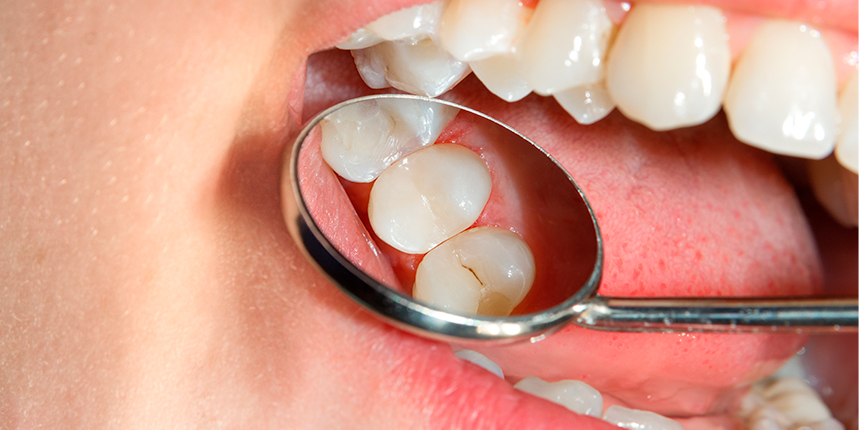
Dental Fillings
Dental fillings are common dental restorations used to repair teeth that have been damaged by decay, trauma, or wear. The primary purpose of a dental filling is to restore the tooth's function and appearance while preventing further decay or damage. Here's some key information about dental fillings:
- Types of Dental Fillings:
- Amalgam Fillings: These are made of a combination of metals, including mercury, silver, tin, and copper. Amalgam fillings are durable and have been used for many years, but they are less popular today due to concerns about mercury content.
- Composite Fillings: Composite fillings are made of a tooth-colored resin material. They are popular because they can be matched to the natural color of the tooth, making them aesthetically pleasing. They are often used for front teeth and visible areas.
- Ceramic Fillings (Inlays and Onlays): These are made of porcelain or other ceramics. They are custom-made in a dental laboratory and are used for larger restorations. They are highly aesthetic and durable.
- Glass Ionomer Fillings: These are tooth-colored and release fluoride, making them suitable for small fillings, children, and non-load-bearing areas.
- Gold Fillings: Gold fillings are durable and long-lasting but less common due to their metallic appearance.
- Procedure: The process of getting a dental filling typically involves the following steps:
- Diagnosis: The dentist examines the tooth and may take X-rays to determine the extent of the decay or damage.
- Anesthesia: Local anesthesia is administered to numb the area around the tooth, ensuring the patient feels no pain during the procedure.
- Tooth Preparation: The dentist removes the decayed or damaged portion of the tooth, creating a clean space for the filling.
- Filling Placement: The chosen filling material is placed in the prepared cavity and shaped to match the natural tooth's contours.
- Finishing: The filling is polished to ensure it fits comfortably and looks natural.
- Aftercare: After getting a dental filling, it's essential to maintain good oral hygiene practices. Regular brushing, flossing, and dental check-ups help prevent further decay or damage to the restored tooth and ensure the filling's longevity.
- Longevity: The lifespan of a dental filling depends on various factors, including the type of material used, the location of the filling, and the patient's oral hygiene. Composite and ceramic fillings can last many years, while amalgam and gold fillings tend to be even more durable.
- Replacement: Over time, dental fillings may wear down, crack, or become discolored. If a filling is damaged or deteriorating, it may need to be replaced to maintain the tooth's health and function.
